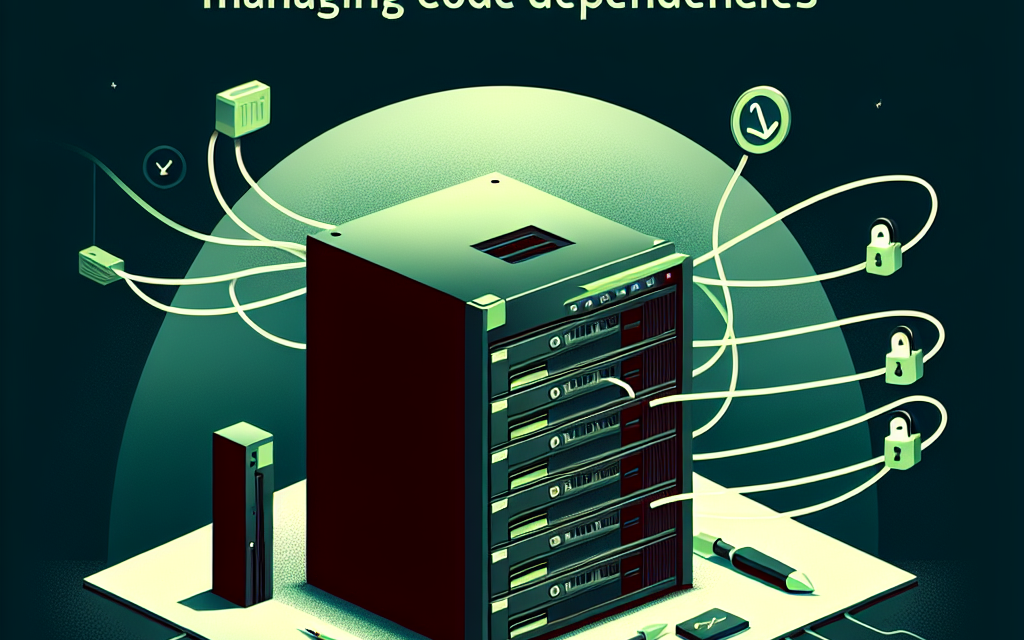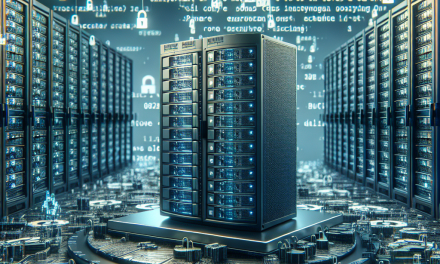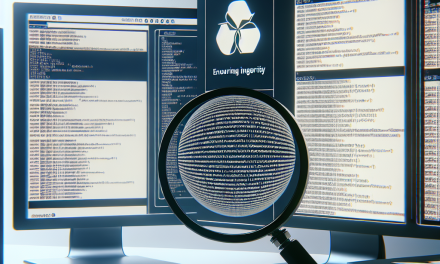In today’s fast-paced development environment, managing code dependencies effectively is crucial for maintaining the stability and functionality of your applications. Dependency management can become a daunting task, particularly on Linux servers where numerous applications and systems interact with each other. This article will explore best practices for managing code dependencies on Linux servers, ensuring that your applications run smoothly without any conflicts or issues.
1. Use a Dependency Management Tool
One of the most effective ways to manage code dependencies is by utilizing a dependency management tool specific to your programming language. Here are a few popular tools for some common languages:
-
Python: Use
pipalong with arequirements.txtfile to specify the packages your application needs. Consider usingvirtualenvto create isolated environments. -
Node.js: Leverage
npmoryarnto manage your Node.js packages. Make sure to include apackage.jsonfile to define your dependencies clearly. -
Ruby: Use
Bundler, which allows you to manage gem dependencies in aGemfile.
By using these tools, you can ensure that your project’s dependencies are explicitly defined and easily reproducible.
2. Maintain Isolation with Virtual Environments
Deploying multiple projects on the same server can lead to conflict between different dependency versions. To prevent this, use virtual environments:
-
Python: As mentioned,
virtualenvorvenvcan create isolated environments for each project. -
Ruby: Implement
rbenvorRVMto manage different Ruby versions and their gems. -
Node.js: Consider using
nvm(Node Version Manager) for handling Node.js versions and dependencies separately.
By maintaining isolation, you can avoid version conflicts and ensure that each project has access to the correct libraries and frameworks.
3. Lock Dependency Versions
When defining dependencies, it’s advisable to specify exact versions or version ranges.
-
Python: Use
pip freezeto generate arequirements.txtfile with locked versions. -
Node.js: Utilize
package-lock.jsonoryarn.lockto lock down the dependency versions.
Locking versions ensures that your code consistently runs in the same environment, mitigating the risks of breaking changes introduced in newer library releases.
4. Automate Dependency Updates and Testing
Keeping dependencies up-to-date is essential for security and performance. However, doing this manually can be burdensome.
-
Automation Tools: Use tools like
dependabotorrenovatein your Git repositories to automate dependency updates. They can create pull requests whenever a new version is available. -
Continuous Integration (CI): Implement CI/CD pipelines to test your code with updated dependencies automatically. This approach helps catch potential issues early before they reach production.
5. Document Dependencies and Processes
Clear documentation is indispensable in managing dependencies effectively. Your documentation should include:
- The required dependencies for your application.
- Installation instructions.
- How to set up the environment (e.g., using Docker or Vagrant).
- Any specific configuration needed for certain packages.
Consider using a README.md file to provide a comprehensive guide for anyone who may work on the project in the future.
6. Monitor Dependencies for Vulnerabilities
Security is a paramount concern, and outdated or insecure dependencies can pose significant risks.
-
Vulnerability Scanners: Use tools like
npm audit,safetyfor Python, orBundler Auditfor Ruby to scan your dependencies for known vulnerabilities. -
Stay Informed: Follow security advisories related to the libraries you utilize, and subscribe to mailing lists or use tools that send alerts about new vulnerabilities.
7. Minimize External Dependencies
While it may be tempting to rely on numerous libraries, it’s usually best to minimize external dependencies:
-
Reusability: Consider writing reusable components or libraries for commonly used functionalities within your applications to reduce reliance on third-party libraries.
-
Performance: Fewer dependencies generally lead to improved application performance. Each additional dependency can increase the application load time and complexity.
Conclusion
Managing code dependencies on Linux servers requires careful consideration and a systematic approach. By leveraging dependency management tools, maintaining isolation, locking version numbers, automating updates, documenting processes, monitoring vulnerabilities, and minimizing external dependencies, you can ensure that your applications remain stable, secure, and maintainable. By following these best practices, you’ll create a more robust development environment, reduce complexity, and enhance collaboration among your development teams.
For more insights and articles on software development, be sure to follow WafaTech! Happy coding!





